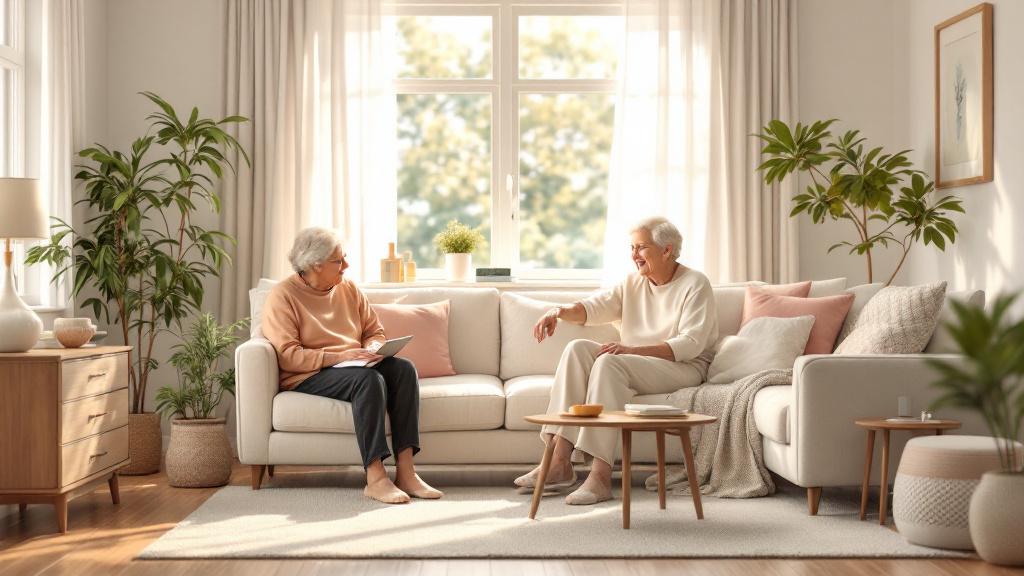How to Create a Safe Environment for In-Home Care
Ensuring Safety and Comfort in In-Home Care Environments
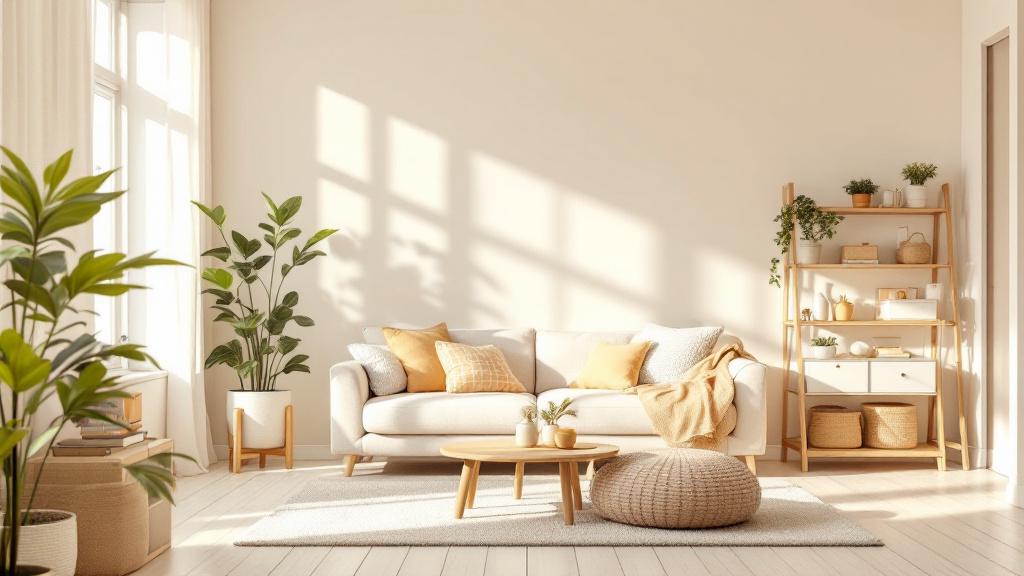
The Foundation of Safe In-Home Care
Creating a safe environment for in-home care is vital for the well-being of care recipients. It involves not only physical modifications to prevent injuries and accidents but also emotional reassurance and effective communication. This guide explores comprehensive strategies, practical safety measures, technology integration, and emergency preparedness to foster a secure, accessible, and comforting home setting for vulnerable individuals.
Physical Safety Measures and Environmental Modifications
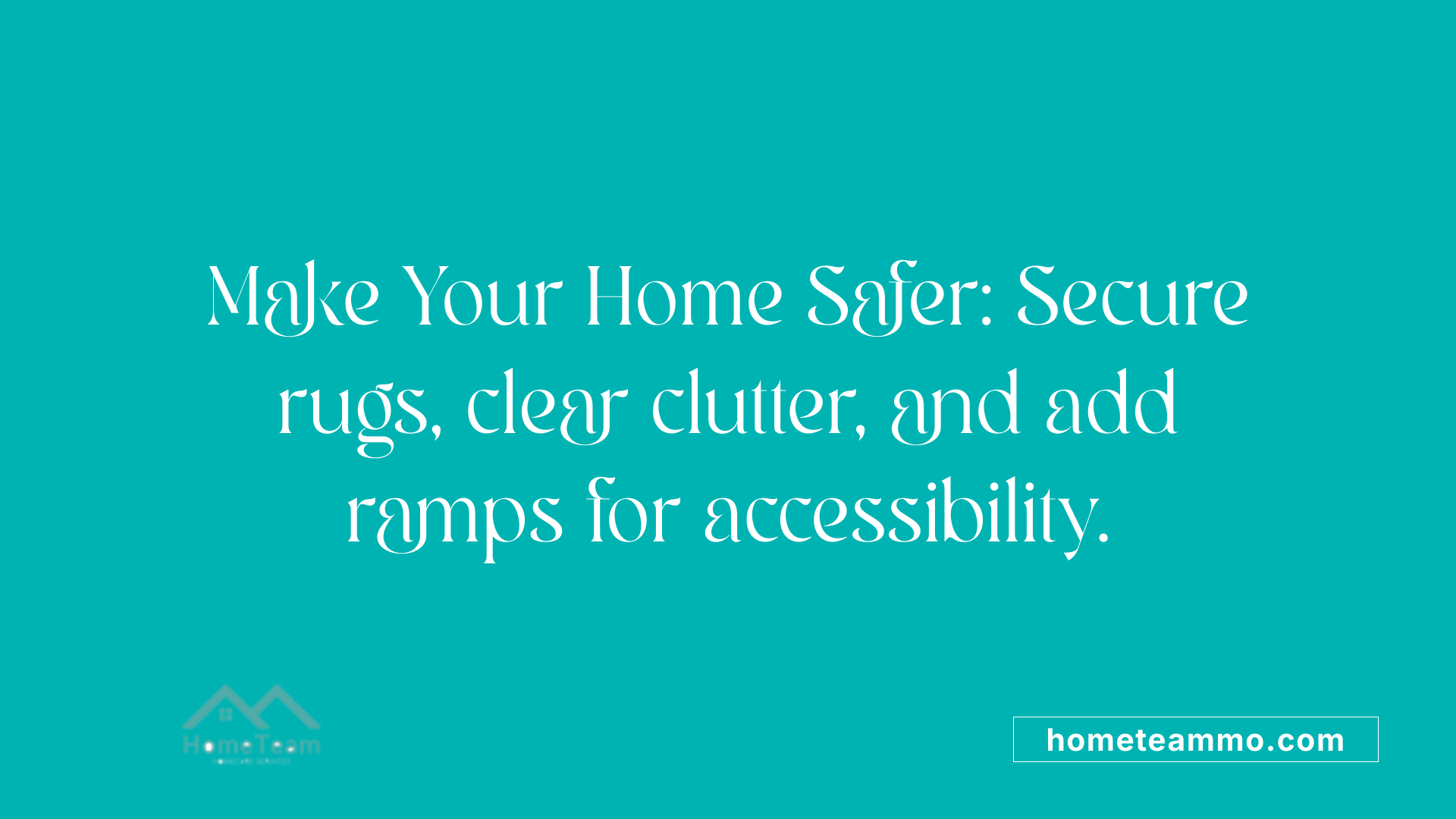
What safety measures and modifications can be made to prevent falls and injuries at home?
Creating a safe environment starts with simple yet effective modifications. Installing sturdy handrails along staircases and inside bathrooms provides support and stability for those with mobility challenges.
Non-slip mats in the bathroom and around the tub prevent slips, especially when surfaces are wet. Securing loose rugs with non-slip pads helps reduce trip hazards throughout the home.
Adequate lighting is essential; using night lights in bedrooms, hallways, and bathrooms improves visibility during nighttime. Motion sensors can automatically illuminate walkways, further reducing fall risks.
Removing clutter, keeping walkways clear, and securing or nailing down rugs ensure smooth paths. Adjusting furniture layout to avoid obstacles and installing ramps at entrances for wheelchair access contribute to overall safety.
What key fall prevention strategies and accessibility enhancements are effective for a safe home?
Key strategies involve a combination of physical modifications and behavioral practices. Installing grab bars in showers and near toilets ensures support during transfers. Alongside, secure handrails along staircases and in hallways offer stability.
Good lighting, especially at night with nightlights, enhances safety by reducing the chance of missteps. Removing tripping hazards like loose rugs, cords, and clutter is critical.
Using assistive devices such as canes or walkers can aid balance. Regular safety audits to identify hazards, improving outdoor lighting, and encouraging balance and strength exercises are also beneficial.
These measures collectively promote a secure and accessible home environment, helping individuals maintain independence while minimizing fall risks.
| Safety Measure | Specific Action | Additional Details |
|---|---|---|
| Install handrails | Along stairs and in bathrooms | Ensure they are sturdy and at comfortable height |
| Use nonslip mats | In tubs, showers, and on floors | Replace if worn or damaged |
| Secure rugs | With non-slip pads or nails | Focus on high-traffic areas |
| Improve lighting | Nightlights and motion sensors | Install in hallways, stairs, and bathrooms |
| Remove hazards | Clutter, loose cords, and loose rugs | Regularly check and maintain |
| Accessibility updates | Ramps and widened doorways | Facilitate wheelchair or walker use |
Maintaining a vigilant approach towards home safety, combined with regular checks and community resources, ensures that the environment remains secure. Combining physical modifications with safety habits significantly reduces injury risks, promoting independence and peace of mind.
Emergency Preparedness and Safety Planning
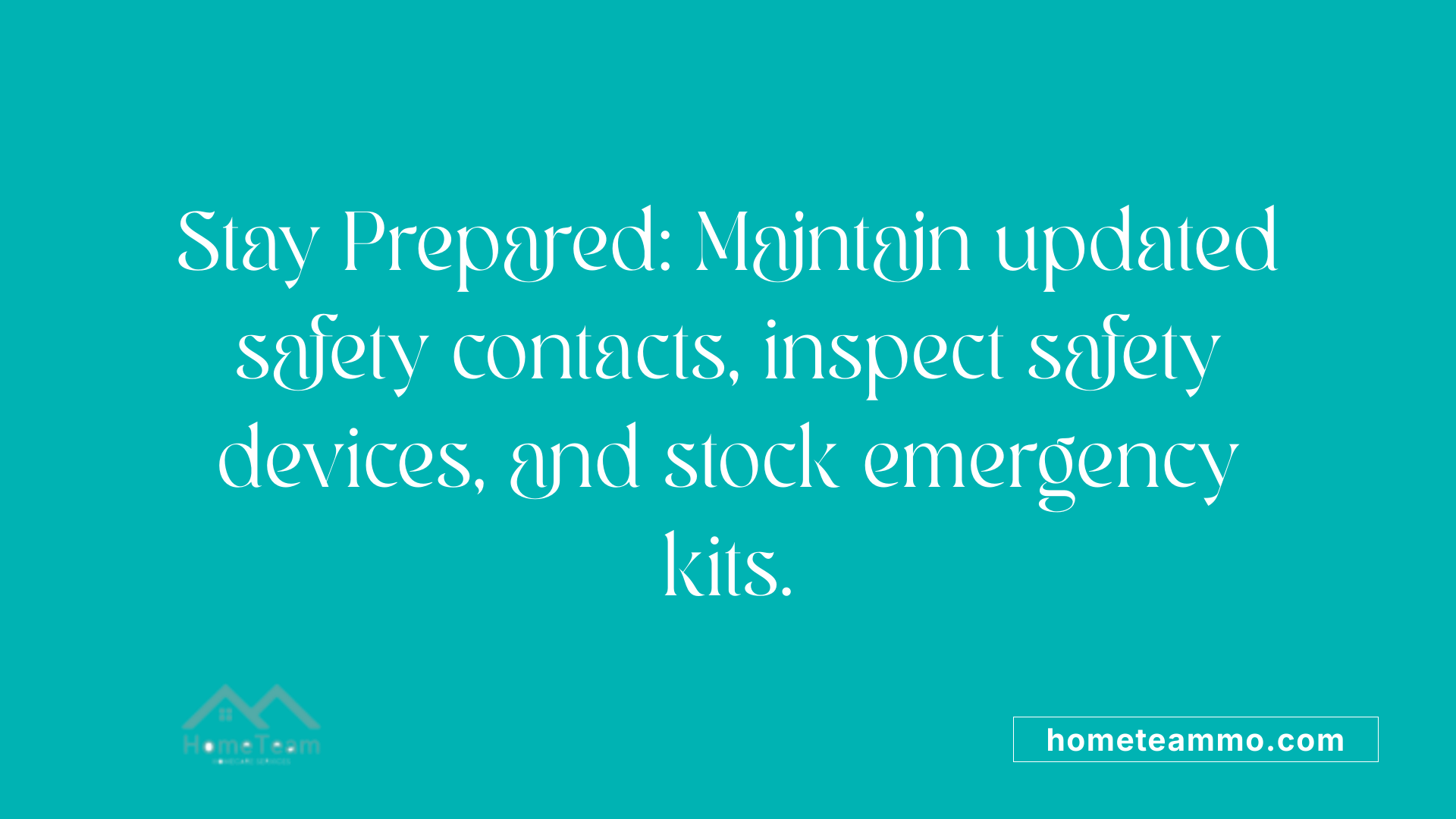
What are the guidelines for emergency preparedness and response in a home setting?
Effective emergency preparedness begins with creating a detailed plan tailored to the specific needs of all household members. This involves identifying potential hazards such as fire risks, natural disasters, or medical emergencies. Practicing evacuation routes regularly ensures everyone knows how to exit quickly and safely in an emergency. Assembling an emergency supplies kit with essentials like non-perishable food, water, medications, first aid supplies, flashlights, batteries, and important documents is vital.
Additionally, maintaining accessible emergency contact information—including local emergency numbers, family contacts, and healthcare providers—is critical. It's recommended to keep this information visible in common areas and program emergency numbers into cell phones with one-touch dialing. Regular drills and updates of the safety plan help all household members stay prepared and confident to respond swiftly during crises.
What safety protocols should be followed for emergency response and ongoing safety management?
Routine safety assessments are essential to identify and mitigate new or ongoing risks in your home environment. Establishing clear communication strategies ensures everyone knows their role during an emergency, including how to alert others and when to seek help.
Training all household members and caregivers on emergency response actions—such as how to operate fire extinguishers, perform CPR, or assist those with mobility challenges—is crucial. Make sure that safety devices like smoke alarms, carbon monoxide detectors, and fire extinguishers are regularly inspected and in working order.
Building strong relationships with local emergency services and sharing your home’s safety plans can improve response times if help is needed. Keep your emergency plan updated to reflect changes in household composition or living arrangements, and ensure that all members understand and can implement safety procedures effectively.
Medication and Hazardous Material Safety
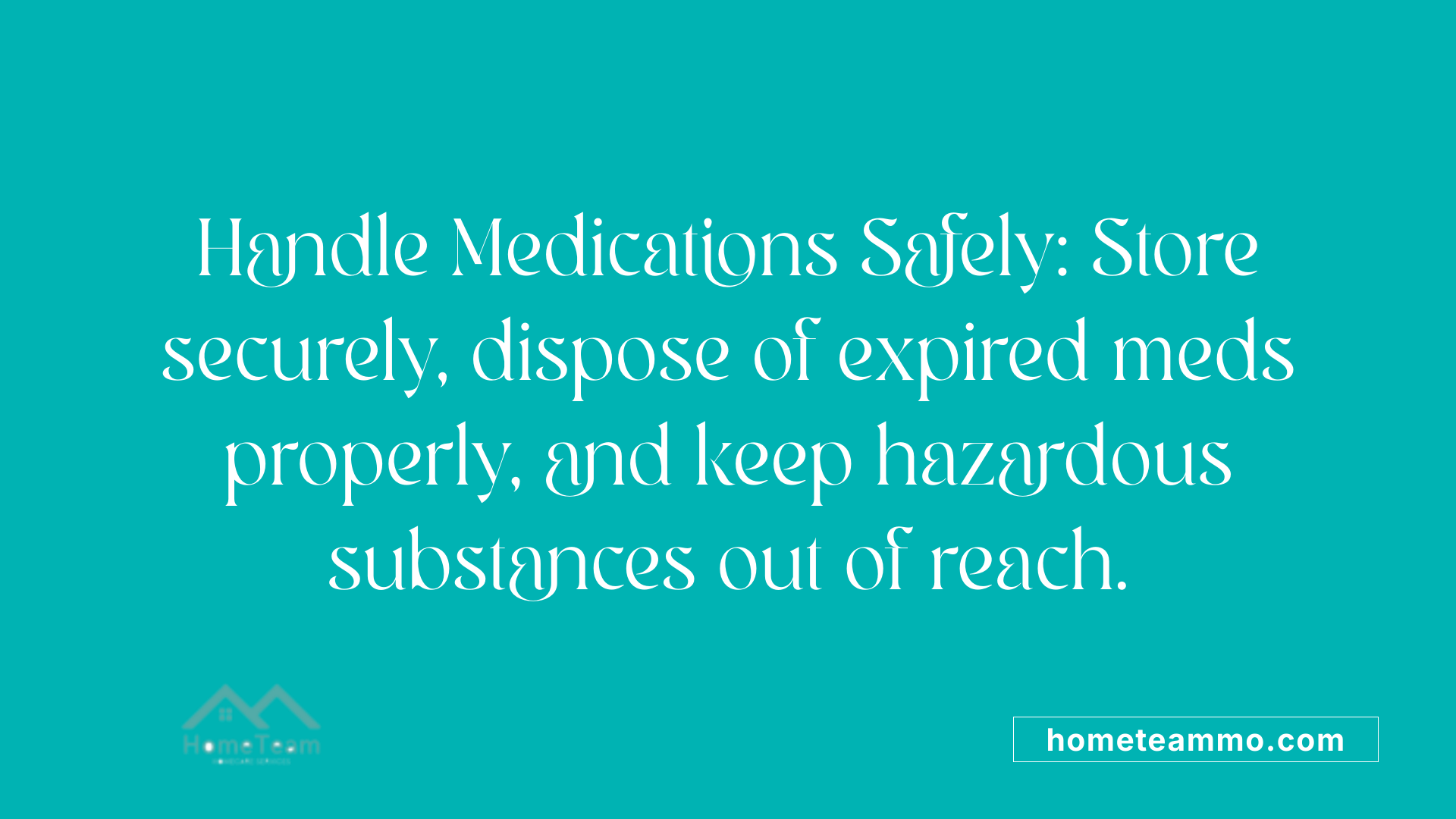 Ensuring safety when managing medications and hazardous materials at home is vital for protecting all household members. One of the most important practices is to store medications securely in their original containers, preferably in a locked cabinet out of reach of children, pets, and vulnerable adults. Organizing medications with pill organizers and maintaining detailed schedules can help prevent errors and missed doses. Regularly reviewing medication lists with healthcare providers ensures proper management and reduces the risk of adverse interactions.
Ensuring safety when managing medications and hazardous materials at home is vital for protecting all household members. One of the most important practices is to store medications securely in their original containers, preferably in a locked cabinet out of reach of children, pets, and vulnerable adults. Organizing medications with pill organizers and maintaining detailed schedules can help prevent errors and missed doses. Regularly reviewing medication lists with healthcare providers ensures proper management and reduces the risk of adverse interactions.
Proper disposal of expired or unneeded medicines is crucial. Medications should never be flushed down the toilet or thrown in the trash without following recommended disposal procedures. Many communities offer medication take-back programs or special disposal sites to safely rid homes of unused pharmaceuticals.
Hazardous materials such as household chemicals, sharp objects, and auto care products also require careful handling. These items should be stored in their original containers and kept in secure, well-ventilated areas, away from food and water sources. Securing chemicals and cleaning supplies in locked cabinets helps prevent accidental poisoning or ingestion.
Recognizing potential hazards is essential. These include medication poisoning, electrical fires, chemical exposure, and injury from sharp tools. Safety precautions include regular maintenance of electrical wiring, installing circuit breakers, and using safety caps and latches on cabinets containing hazardous materials.
In summary, effective medication management involves secure storage, proper organization, timely disposal, and awareness of potential hazards. Creating a safe environment reduces risks of poisoning, fires, and chemical accidents, safeguarding the health and well-being of everyone in the home.
Creating a Supportive and Accessible Living Environment
Designing a home environment that supports safety, independence, and comfort is crucial for aging adults and individuals with cognitive impairments. Physical adjustments can significantly reduce risks and foster a sense of control.
First, eliminating environmental hazards such as loose rugs, clutter, and uneven flooring creates clear pathways, minimizing fall risks. Installing grab bars in bathrooms, non-slip mats, and adequate lighting further enhances safety. Bright, contrasting colors on steps, handrails, and door frames help with visual recognition and orientation.
Incorporating assistive devices like ramps and widened doorways improves access, especially for those using mobility aids. Smart home technologies—such as automated lighting, remote-controlled locks, and emergency alert systems—offer added safety and convenience.
Using contrasting colors and placing labels on items or rooms can help those with cognitive impairments recognize and differentiate spaces easily. Familiar objects and personal touches in the home foster comfort, reduce disorientation, and provide reassurance.
A well-organized, clutter-free environment, combined with proper lighting and accessible features, encourages mobility and independence. Routine routines and familiar surroundings promote a calm and secure atmosphere.
| Modification | Purpose | Additional Details |
|---|---|---|
| Grab bars & non-slip flooring | Fall prevention | Essential in bathrooms and at staircases |
| Contrasting colors & labels | Aid recognition | Helps reduce confusion and disorientation |
| Ramps & wide doorways | Accessibility | Support wheelchair or walker use |
| Smart home tech | Safety & convenience | Automate lighting, locks, and emergency alerts |
| Personal objects | Comfort & familiarity | Reduce anxiety and disorientation |
Best practices for creating a secure living space include removing obstacles, maintaining good lighting, and installing safety features. Regular home assessments help identify potential hazards, ensuring modifications keep the environment safe and accessible.
Overall, thoughtful adjustments and assistive technologies foster an environment where individuals can maintain independence while feeling secure and supported.
Safety Training and Education for Caregivers and Residents
What safety considerations should caregivers and in-home care providers be aware of?
Caregivers must be well-versed in hazard recognition, safe handling of mobility aids like walkers or wheelchairs, infection control procedures, and emergency response actions. Regular safety assessments help identify potential risks such as slippery floors, cluttered walkways, or malfunctioning safety devices. Clear communication with the patient and family about safety protocols is essential.
Understanding home-specific hazards, like loose rugs or poor lighting, allows caregivers to address issues proactively. Proper training in the use of safety devices such as grab bars, nonslip mats, and alarms is crucial for preventing falls and injuries.
How can safety standards and management be implemented effectively?
Effective safety management begins with comprehensive staff training on safety procedures, regularly conducting safety audits, and following regulatory guidelines. Establishing a safety-conscious culture encourages caregivers to prioritize safety in every activity.
Ongoing education and routine safety reviews help maintain high standards. Engaging caregivers in safety management fosters accountability and continuous improvement. Organizations should update safety policies regularly to adapt to new challenges.
Implementing safety management also entails creating checklists, establishing emergency protocols, and ensuring caregivers are familiar with emergency contacts and procedures. Utilizing technology such as remote monitoring and alarm systems can further enhance safety.
Creating a safe home environment requires collaboration among caregivers, family members, and healthcare providers. This teamwork, combined with consistent training and safety oversight, promotes a secure and supportive atmosphere for residents.
| Topic | Description | Additional Details |
|---|---|---|
| Hazard Recognition | Identifying risks like tripping hazards or poor lighting | Regular home assessments recommended |
| Proper Use of Devices | Correct handling of mobility aids and safety devices | Prevents falls and injuries |
| Safety Assessments & Drills | Regularly practicing safety procedures | Reinforces caregiver preparedness |
| Safety Checklists & Contacts | Distributing essential safety information and contacts | Ensures quick response in emergencies |
A Continuous Commitment to Safety and Well-Being
Creating a safe environment for in-home care is an ongoing process that demands vigilant assessment, proactive safety measures, and continuous education. By integrating physical modifications, technology solutions, emergency preparedness, and caregiver training, families and care providers can foster a secure and supportive home environment. Prioritizing safety not only prevents accidents but also enhances the quality of life, independence, and peace of mind for everyone involved in in-home care.
References
- Making the Home Environment Safe | Johns Hopkins Medicine
- Top 10 Tips For Creating A Safe Home Care Environment
- Home-Based Patient Care Safety - CHAP
- Home care safety - American Nurse Journal
- Caregiver Safety Tips: At Home & On the Road
- Alzheimer's Caregiving: Home Safety Tips | National Institute on Aging
- Creating a Safe and Comfortable Environment for Your Clients

How to Plan for Long-Term Home Care Services
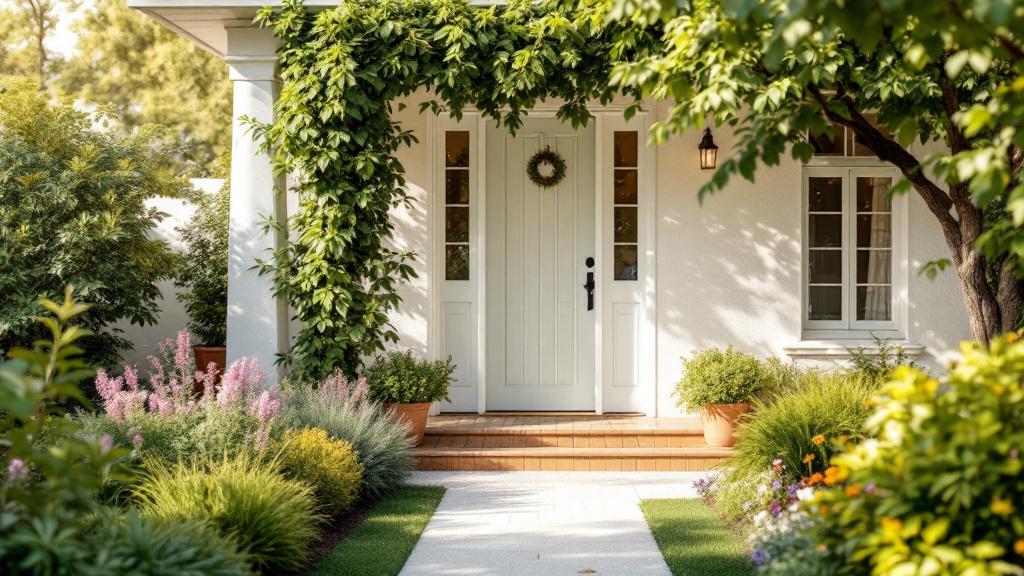
How Home Team Helps Families Make Informed Care Decisions

How Home Team's Caregivers Provide Peace of Mind for Families


